Samuel Beckett - How It Is
Here you can read online Samuel Beckett - How It Is full text of the book (entire story) in english for free. Download pdf and epub, get meaning, cover and reviews about this ebook. year: 2009, publisher: Faber and Faber, genre: Detective and thriller. Description of the work, (preface) as well as reviews are available. Best literature library LitArk.com created for fans of good reading and offers a wide selection of genres:
Romance novel
Science fiction
Adventure
Detective
Science
History
Home and family
Prose
Art
Politics
Computer
Non-fiction
Religion
Business
Children
Humor
Choose a favorite category and find really read worthwhile books. Enjoy immersion in the world of imagination, feel the emotions of the characters or learn something new for yourself, make an fascinating discovery.
- Book:How It Is
- Author:
- Publisher:Faber and Faber
- Genre:
- Year:2009
- Rating:3 / 5
- Favourites:Add to favourites
- Your mark:
- 60
- 1
- 2
- 3
- 4
- 5
How It Is: summary, description and annotation
We offer to read an annotation, description, summary or preface (depends on what the author of the book "How It Is" wrote himself). If you haven't found the necessary information about the book — write in the comments, we will try to find it.
How It Is — read online for free the complete book (whole text) full work
Below is the text of the book, divided by pages. System saving the place of the last page read, allows you to conveniently read the book "How It Is" online for free, without having to search again every time where you left off. Put a bookmark, and you can go to the page where you finished reading at any time.
Font size:
Interval:
Bookmark:
[]
[]
[]
[]
[]
[]
Together with Molloy, How It Is counts for many as Samuel Becketts truest accomplishment in the novel form. It is also his most difficult fiction, from a stylistic point of view and for the extremity of its vision. It furthers by radical means but also recapitulates the themes of reduced circumstance and the search for self that are the focus of the earlier novels (Molloy,MaloneDies and TheUnnamable). At a late stage in the composition, Beckett toyed briefly with making the continuities explicit, writing an insertion in the margin of the typescript that linked the narrator of HowItIs to Molloy and Malone (and by extension to the multi-named narrator of TheUnnamable).
After his mothers death in 1950, the inheritance Beckett shared with his brother Frank enabled him to purchase a plot of land and build a modest house near the village of Ussy-sur-Marne, sixty kilometres away from the bustle of Paris. As his fame grew, after WaitingforGodot, he came to depend more and more on this country retreat, far from admirers and callers. It was at Ussy that, in December 1958, he began to compose HowItIs in French. Besides writing, he also gardened and with Franks help planted many different species of trees. His correspondence from this period contains several references to an ongoing battle with the moles that infested the property and tore up his plant beds.
The earliest versions of How It Is contain references to moles, and to callers, and to a scribbler relaxing at his cottage in the country. Beckett then cancels the passage and summarises in a few words: long wrangle so minute that moments when yes to be feared, then simply affirms no callers this time.
Likewise, the narrators continued survival seems at first to require some explanation grounded in realism. The contents of the all-important sack satisfy the need for food; Beckett then finds an analogous explanation of his means of satisfying thirst, before settling for a brief refusal to explain: mouth opens the tongue comes out lolls in the mud and no question of thirst either. Its as simple as that. We have a character alone, in constant darkness, able to subsist. Which is all that is needed for the narration to proceed and, in the end, is all we are given. This is How It Is. Realism, causality and explanation are written out of the text. The narrator crawls through mud and darkness without knowing where he comes from or where he is going, and certainly not why. He drags with him a sack containing tins of food, the origin of which is a mystery to him. On his journey he meets another whom he calls Pim and with whom he has a brief, abusive relationship. In How It Is, Beckett continues to strip away conventional forms, as if to adumbrate the peeling the onion metaphor ventured in his earlier critical book on Proust.
Congruently, from version to version, the work metamorphoses into a mosaic of broken phrases scattered and reassembled into three sections of equal length, whose motifs (solitude, company, solitude) assert an aesthetic rather than narrative symmetry. As with the last pages of TheUnnamable and the thirteen short TextsforNothing (1967), early drafts of the novel string together lengthy sentences made up of short, independent phrases punctuated by commas. Beckett worked in French, as with the trilogy and Textsfornothing, all of which he subsequently rendered into English. Unlike Molloy,MaloneDies and TheUnnamable, which were written at speed, he struggled with several versions of HowItIs. He complains in his correspondence of how horribly difficult the writing process is. Though he seems to have known that it would be a full-length work, the first drafts are only a few pages long, as if he is uncertain of how to proceed.
After the fourth complete prose version of the novel, Beckett suddenly decided to change radically the layout of the text, in order to foreground the broken rhythms. Revising his most recent typescript, he inserted forward slashes throughout, at points where he decided to sub-divide or fragment the prose. Rather than units of meaning, these fragments re-configure the narrative as units of breath. Occasionally the narrator stops to ponder what he is saying, but mostly he pauses only to take breath before continuing. The fragments themselves do not necessarily constitute wholes, or correspond to any perceptible semantic organisation. In some cases, a theme, or even a phrase straddles two fragments. In others, a single fragment yokes wildly disparate subject-matter.
Just as he was engaged in experimenting with his text, Beckett was invited by his American publisher, Barney Rosset, to submit something for EvergreenReview, the house magazine of Grove Press. He naturally turned to work in progress, or rather to producing an English version of it, no doubt sensing an opportunity to try out the new form so peculiar to HowItIs. The excerpt an early version of the opening pages of the novel appeared in the September 1960 issue under the title FromanUnabandoned Work, alluding to the title of an earlier story which he had published in EvergreenReview. commonplace to say that Beckett wrote without punctuation and with minimal syntax, this is in fact his only unpunctuated text (if we except the punctuating role of the spaces between fragments). Even the short prose works that followed in the 1960s have an upper case letter at the beginning and a final stop at the end, and many are punctuated throughout with commas.
Beckett took pains with the published text to clarify for readers the integrity of the individual units. For the French original (Commentcest, ditions de Minuit, 1961), he instructed that each page end either with an incomplete line (making clear that the fragment was ending) or with a hyphen (making clear that the fragment continues over-page). For the English edition (New York: Grove Press; London: Calder and Boyars; both 1964) he eschewed altogether the page-breaking of fragments, preferring to vary the amount of space between fragments so as to avoid any overflow onto the next page while still requiring that the last line of each page be incomplete. In his unbound copy of the Calder and Boyars edition, Beckett makes a change in wording at one point in order to shorten the final line of a page.
Stylistically, HowItIs mostly comprises short word-groups which rarely extend to sentences. The narrators monologue is made up of false starts, of self-corrections, interruptions and repetition. There is a relative scarcity of grammatical linkages (prepositions, conjunctions, relative pronouns); rather, meaning is created through juxtaposition. In such a stylistically stringent environment, repetition is a crucial organisational as well as expressive resource. Word-groups become familiar as units of meaning thanks to frequent repetition. These brief phrases are scattered about the text, inserted in the midst of other phrases, punctuating and dividing them into shorter units, parsing the narrative. Besides the repetition of words, there is also repetition of sense through synonymy, as the narrator searches for the correct word amid repeated false starts. Such insertions, interruptions and corrections reinforce the curtailed rhythms. The result is unsuspectingly close to everyday, informal speech, and many commentators have pointed out how much HowItIs benefits from reading aloud.
By way of example, the word-string voice once without quaqua on all sides then in me when the panting stops. This sequence cannot immediately be parsed as grammatical prose. Lacking the familiar guides of punctuation, capitalisation and prepositional linkage, we must slow our reading and look at each word. We might at first read voice once without quaqua but then we encounter voice once without repeated again and realise that it is a unit, that
Font size:
Interval:
Bookmark:
Similar books «How It Is»
Look at similar books to How It Is. We have selected literature similar in name and meaning in the hope of providing readers with more options to find new, interesting, not yet read works.
Discussion, reviews of the book How It Is and just readers' own opinions. Leave your comments, write what you think about the work, its meaning or the main characters. Specify what exactly you liked and what you didn't like, and why you think so.

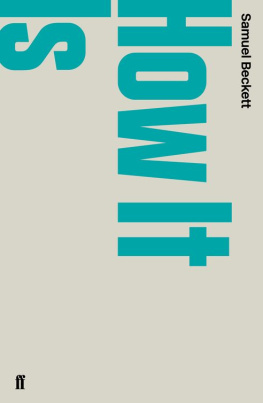
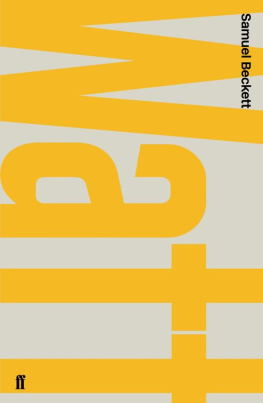
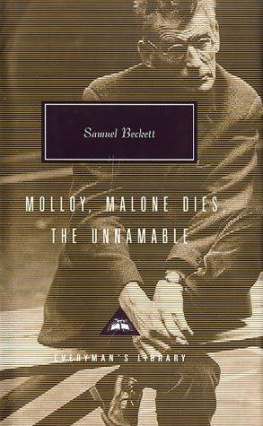
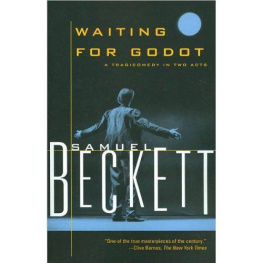
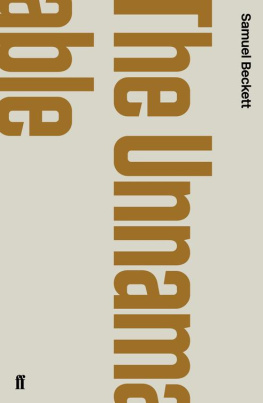
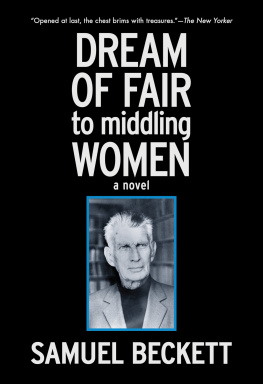
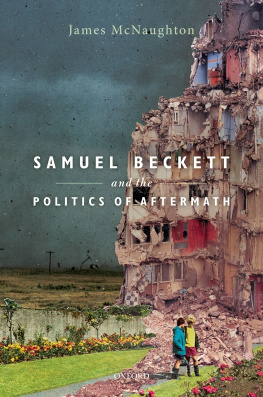
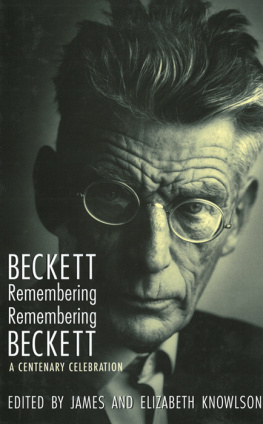
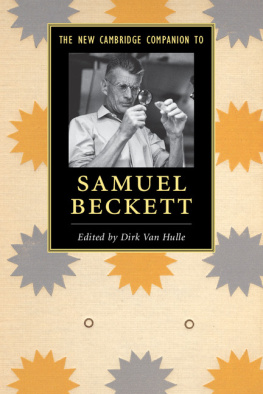


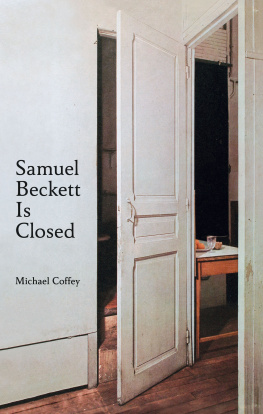
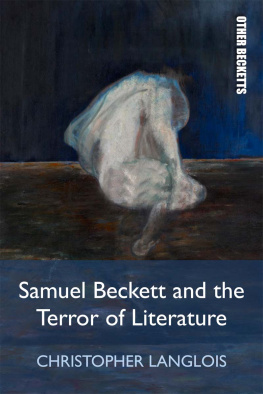
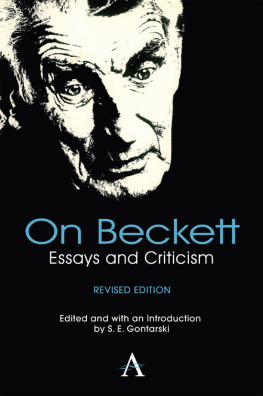
![Samuel Beckett [Samuel Beckett] - The Complete Dramatic Works](/uploads/posts/book/72751/thumbs/samuel-beckett-samuel-beckett-the-complete.jpg)